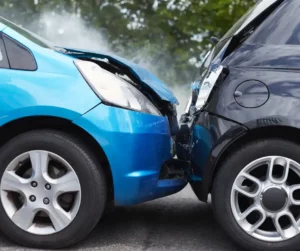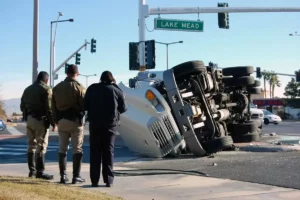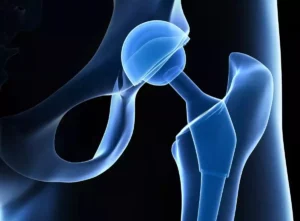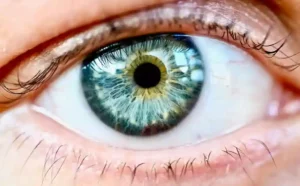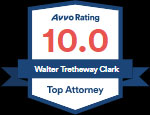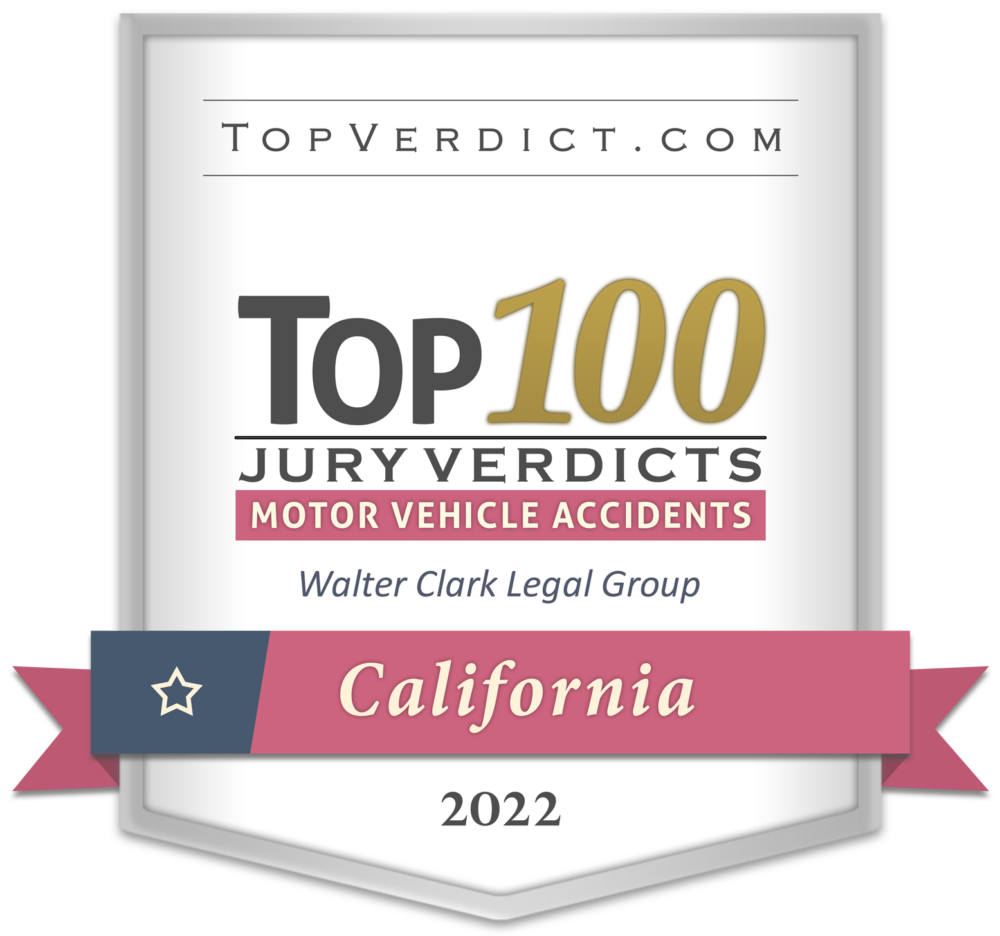The National Transportation Safety Board (NTSB) has issued new pedestrian safety recommendations for vehicles. After a two year investigation on pedestrian safety, the agency presented 11 recommendations. Most of the recommendations are for the National Highway Traffic Safety Administration (NHTSA), but some are also aimed at the Federal Highway Administration and the Centers for Disease Control and Prevention (CDC).
What is the NTSB?
The NTSB is an independent federal agency, which exists to help make transportation in the U.S. safer. The agency investigates major accidents to determine the cause, and conducts studies on transportation safety. The NTSB also makes recommendations to various federal agencies on new ways to promote transportation safety.
The NTSB’s pedestrian safety investigation revealed some disturbing trends. The agency found that pedestrian fatalities increased by 27% between 2007 and 2016, while traffic fatalities overall actually decreased by 14%. According to NTSB Chairman Robert Sumwalt, roughly 16 pedestrians die in crashes every day in the U.S.—and the problem has continued to get worse, not better.
What are the Recommendations?
The NTSB’s recommendations are a multi-faceted approach to pedestrian safety. The board has asked the NHTSA to establish guidelines for vehicle design improvements that will promote pedestrian safety. Some such features include pedestrian-detection systems, pedestrian-friendly features like softer bumpers, and better headlight standards. These include better standards for the amount of light being projected from headlights, and allowing for adaptive headlights.
Adaptive beam technology has been on the market for years, yet it still has not become standard for U.S. vehicles. Adaptive beam headlights are legal and common in Europe, but federal standards in the U.S. still do not allow for them. Research from the Highway Loss Data Institute shows that vehicles using these headlights sustain less damage in crashes. These headlights are designed to reduce glare and increase visibility, by adjusting to curves in the road and turning in the direction the vehicle is traveling. They also lower automatically when the vehicle slows down or encounters opposing lane traffic, and raise automatically when the vehicle increases speed.
The NTSB also recommended features that can make vehicles safer for pedestrians. These could include pedestrian collision avoidance systems, softer bumpers, and safer hoods, which may increase a pedestrian’s chances of surviving an accident. The NTSB also says that vehicle safety-rating scores should include pedestrian safety performance. The NHTSA actually tried to have pedestrian safety ratings included in auto safety ratings in 2015, but the action has been stalled due to pushback from automakers.
What Are Automakers Doing to Increase Pedestrian Safety?
Despite the slow movement of regulations regarding vehicle enhancements for pedestrian safety, some automakers are taking the matter into their own hands. Chevrolet’s 2019 Volt features a pedestrian warning sound, which is emitted by waterproof speakers on the front and rear of the car. The sound gets louder as the car speeds up. This is intended to make up for the fact that electric cars are essentially silent, which can pose a danger to pedestrians.
Last year, GM received a patent for an external airbag, which is designed to protect pedestrians in the event of a crash. According to the patent, the airbag would be mounted in a fender region, adjacent to the vehicle’s hood. The goal is to protect the pedestrian from impacting the front of the vehicle. The initial impact of a vehicle in a pedestrian crash is not the most deadly; it is the secondary impact, where the pedestrian passes over the hood and collides with the front roof pillars. There is no word on when this new technology would be available in GM vehicles.
“Pedestrian safety is a critical issue of our time. We hope the NHTSA and other agencies take these recommendations seriously and work to implement them as soon as possible,” said Attorney Walter Clark, founder of Walter Clark Legal Group.
Our firm has been handling personal injury cases throughout the California Low Desert and High Desert communities for over 30 years. With a 95% success rate, the personal injury attorneys at Walter Clark Legal Group will fight to hold those responsible for your loss accountable and win compensation to cover medical bills, lost wages, and pain and suffering. If you have been injured in an auto accident and want to discuss your legal options, contact us today for a free consultation with an experienced personal injury lawyer. We have offices in Indio, Rancho Mirage, Victorville, and Yucca Valley and represent clients through the entire California Low Desert and High Desert communities.
DISCLAIMER: The Walter Clark Legal Group blog is intended for general information purposes only and is not intended as legal or medical advice. References to laws are based on general legal practices and vary by location. Information reported comes from secondary news sources. We do handle these types of cases, but whether or not the individuals and/or loved ones involved in these accidents choose to be represented by a law firm is a personal choice we respect. Should you find any of the information incorrect, we welcome you to contact us with corrections.
- What To Do If You Have Been Injured At A Concert In California? Mar 27,2024
- Walter Clark Legal Group Reimburses Thanksgiving Ride Fares Nov 14,2023
- Walter Clark Legal Group Donates Backpacks to Booker T. Washington Elementary School Aug 22,2023
- Walter Clark Legal Group Donates Backpacks to Underserved Students Aug 22,2023
- Walter Clark Legal Group Reimburses Labor Day Ride Fares Aug 21,2023
- 2023 Safe Ride Home Program Jun 21,2023









